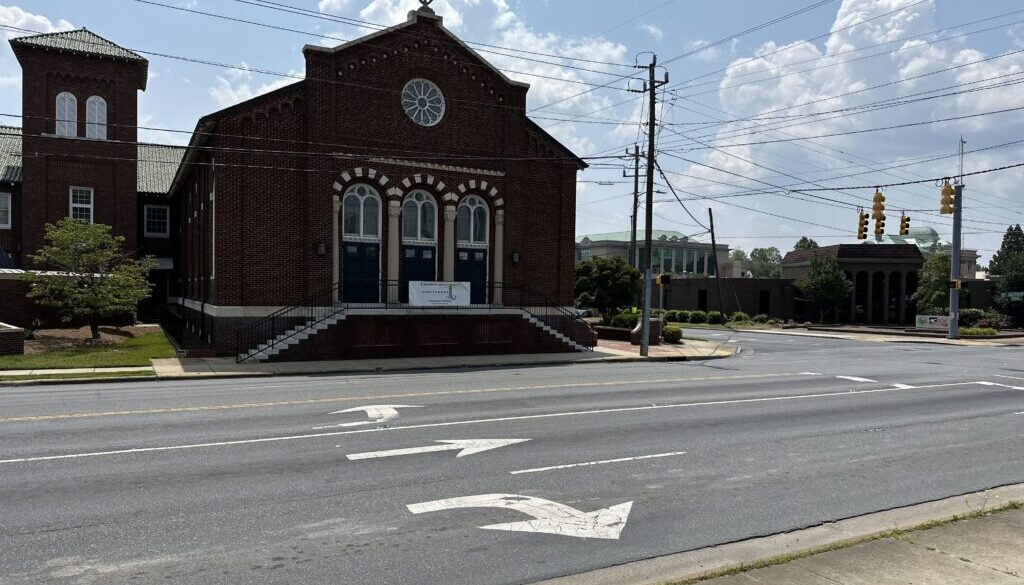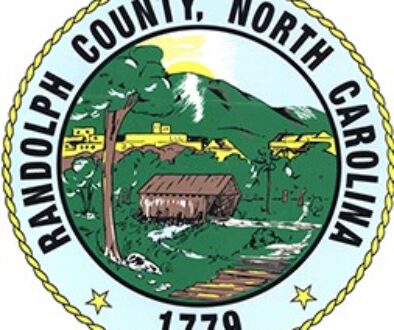As United Methodist church splits, local churches welcome like-minded congregants
ASHEBORO — Thousands of United Methodist congregations have been voting on whether to stay or quit one of the nation’s largest denominations amid intractable debates over theology and the role of LGBTQ people. There are stark differences over recognizing same-sex marriage and ordaining LGBTQ clergy.
Those who come up on the short end of a disaffiliation vote face the dilemma of whether to stay or go.
The splintering — often grievous and tense — has spurred new initiatives to provide havens for the unmoored. Some United Methodist regional conferences have begun designating “Lighthouse” congregations — ones that actively welcome people who wanted to stay United Methodist but whose former churches voted to leave.
First United Methodist Church in Asheboro has elected to become a Lighthouse Congregation and announced on March 8, 2023, that the church’s council unanimously voted to do so.
According to the Western North Carolina Conference of the United Methodist Church, there are four Lighthouse Congregations in Randolph County: Asheboro First United Methodist, New Salem in Randleman, Jordan Memorial in Ramseur, and Liberty First United Methodist.
“The pain is real, and there is a lot of grief and a lot of heartache over the split in the United Methodist Church,” said the Rev. Lynda Ferguson of First United Methodist Asheboro, which also became a Lighthouse congregation. That designation assures newcomers that it’s committed to staying United Methodist, so they won’t have to worry about another disaffiliation vote. More than 400 congregations have disaffiliated in North Carolina.
Ferguson said she can personally relate to those from departing congregations. Her childhood church — the one that shaped her faith and where at age 12 she felt the call to ministry — also voted to leave.
Bethany United Methodist in Albemarle, has also elected to become a Lighthouse Congregation and has been providing space for a group who wanted to continue worship as United Methodists after their church disaffiliated.
“Our congregation supports the remnant group through our hospitality, prayers and use of our facilities,” said the Rev. David Cochran to the UM News. “Bethany is committed to allowing those in the remnant group to discern at their own pace and discover which steps they will take as the Holy Spirit leads them.”
“Part of the Lighthouse mission is to let people know the United Methodist Church is still here and still welcoming,” said the Rev. Ed McKinney, pastor of Stokesdale United Methodist Church in Stokesdale, North Carolina, which also became a Lighthouse congregation.
Michael Hahn and his family are among a group of newcomers who have begun participating in Stokesdale after their previous congregations left the denomination.
Hahn, whose family has been Methodist for generations, said he couldn’t imagine leaving the denomination, which he values for blending faith and rationality: “It’s a place where I don’t have to check my logic and reason at the door and blindly accept things.”
Hahn said he, his wife and daughters have found “a very warm and welcoming environment” in the Stokesdale congregation, with people saying, “We’re glad to have you here, we want to walk through this period with you.”
Many of the departing churches are joining the conservative Global Methodist Church, created last year. Others are going independent or joining different denominations.
While the Global Methodist Church doesn’t have a program like the Lighthouse initiative, it has begun launching or adopting congregations that can become homes for those who want to leave the United Methodist Church but whose congregations are staying.
The ongoing schism has been long in the making.
The United Methodist Church — with about 6.5 million members in the United States and at least that many abroad — has long debated its bans on same-sex marriages and the ordination of openly LGBTQ clergy.
The denomination has repeatedly upheld the bans, largely through the voting strength of the growing, more conservative churches abroad. But conservatives chose to form a new denomination amid growing defiance of the bans in U.S. churches.
More than 3,500 U.S. congregations have received their local conferences’ permission to disaffiliate from the UMC, according to United Methodist News Service. With conference season underway, disaffiliations are closing in on 4,000 and could rise even more by the end of the year, said the Rev. Jay Therrell, president of the Wesleyan Covenant Association, a conservative group advocating for departing congregations.
That’s a fraction of the United Methodists’ 30,000 U.S. churches, though several of the departing congregations are among the largest in their states.
 Twitter
Twitter Facebook
Facebook Instagram
Instagram


